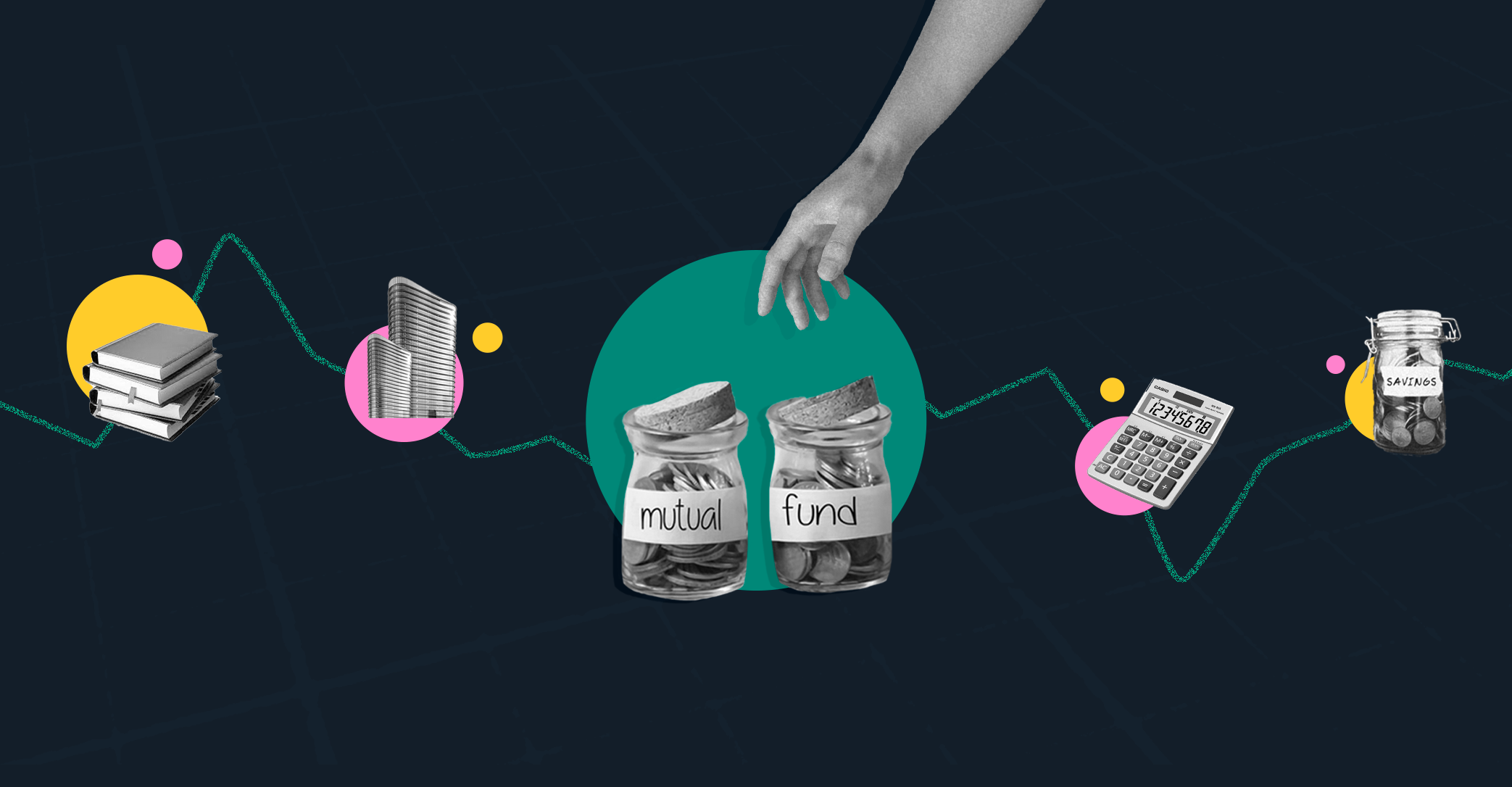Learn about hybrid funds: Meaning, types, features, and benefits

There are usually three types of investors when it comes to mutual funds. First, those who are willing to take some risk and invest in equity mutual funds. Next, those who are cautious and prioritise safety and opt for debt funds, which offer some returns while safeguarding their money. Finally, those who seek a balance between risk and reward and find hybrid funds to be the right fit.
What is a hybrid fund?
Hybrid funds, as the name suggests, blend both debt and equity investments. This mix aims to provide diversification and reduce the risk of having all your eggs in one basket. They offer the potential for higher returns compared to debt funds while being less risky than equity funds. Your choice of a hybrid fund should align with your risk tolerance and investment goals.
Hybrid funds work by aiming for long-term wealth growth and short-term income generation. A fund manager decides how to allocate your money between equity and debt based on the fund’s objectives. They may adjust the portfolio by buying or selling securities to capitalise on market trends.
Hybrid funds are often considered a safer choice than equity funds and are favoured by conservative investors. They allow budding investors to dip their toes into the equity market while providing a cushion against market swings through the debt component.
There are different types of hybrid funds based on their asset allocation
- Conservative hybrid funds – These allocate between 75% and 90% to debt instruments, including government securities and bonds.
- Aggressive hybrid funds – These invest between 65% to 80% in equity instruments and the rest in debt and money market instruments.
- Dynamic asset allocation fund – Also known as balanced advantage fund, this type of hybrid fund follows a dynamic asset allocation strategy without any minimum mandated allocation between equity and debt instruments. Depending on market conditions and opportunities, it has the flexibility to invest between 0% to 100% in either equity or debt instruments.
- Arbitrage funds – These focus on exploiting price differences between markets. They have a minimum 65% investment in equity and equity-related instruments and can also invest in debt when arbitrage opportunities are limited.
Investors should consider factors like risk, potential returns, costs (expense ratio), investment horizon, financial goals, and tax implications when choosing hybrid funds.
What are the features of hybrid funds?
Active asset allocation
Experienced fund managers actively manage the allocation of assets, adjusting the allocation based on market conditions and the fund’s objectives.
Asset mix
Hybrid funds blend both equity and debt instruments in their portfolio, offering diversification across asset classes.
Flexibility
Investors can choose from different types of hybrid funds to align with their risk tolerance and investment goals.
Professional expertise
Hybrid funds are managed by professional fund managers who make investment decisions based on research and market analysis.
Risk management
The mix of equity and debt helps mitigate risk compared to investing solely in either asset class.
What are the benefits of hybrid funds?
Risk reduction
They are less volatile as compared to equity mutual funds, making them suitable for a risk-averse investor.
Diversification
Hybrid funds offer diversification across multiple asset classes, lowering the effect of market fluctuations on the portfolio.
Potential for higher returns
Hybrid funds often provide higher returns compared to debt funds, thanks to the equity component, while still managing risks effectively.
Convenience
Investors can get hold of multiple asset classes under a single investment. This simplifies their investment portfolio management.
Ending note
Hybrid funds provide a balanced investment approach, offering potential rewards while managing risk. However, investors must invest wisely depending on their risk tolerance level and remain informed regarding market conditions.
